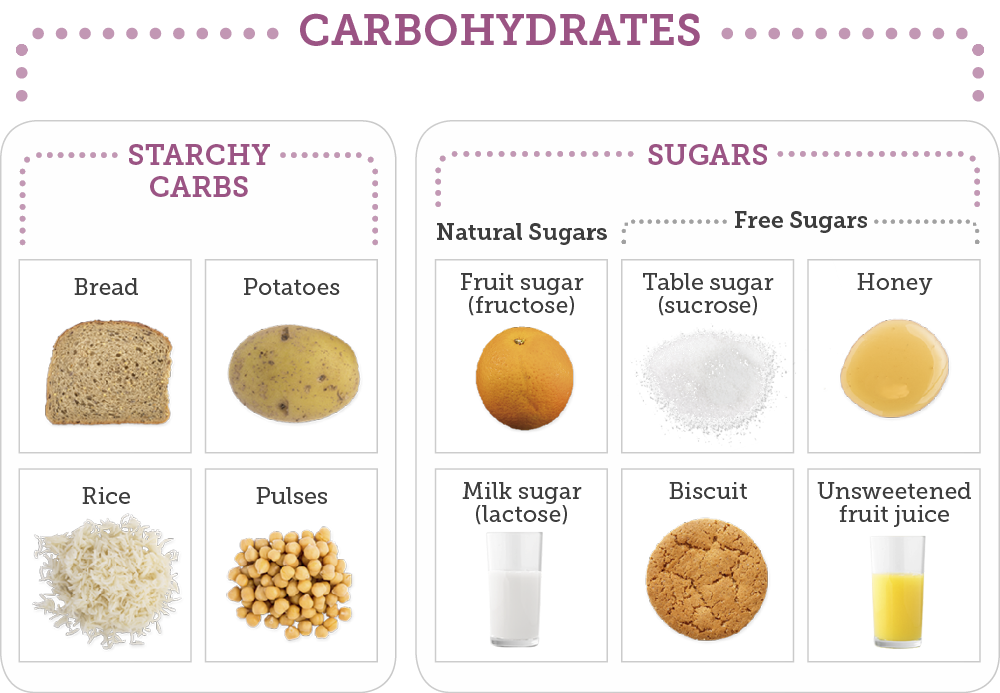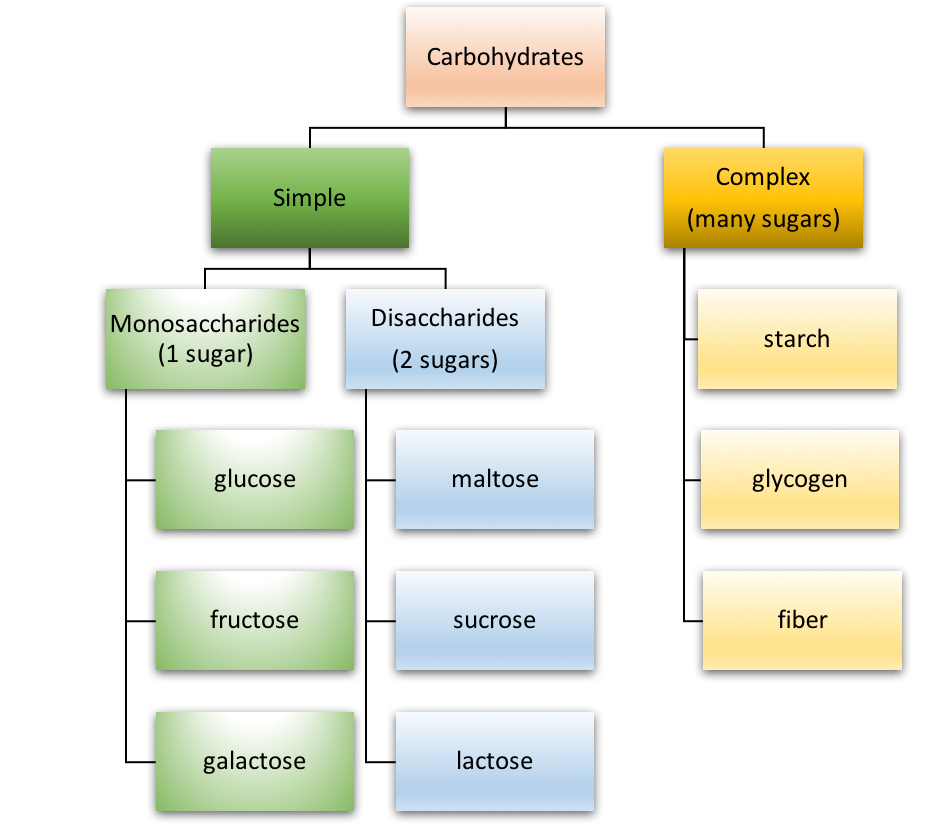what are the three types of carbohydrates and examples Classification of carbohydrates with definition, types of carbohydrates
Carbohydrates are essential macronutrients that play a crucial role in our body’s sensory, immune, digestive, and metabolic functions. They are classified into three categories: monosaccharides, disaccharides, and polysaccharides. Each category has its own unique structure, functions, and types. Monosaccharides are simple sugars that cannot be hydrolyzed further into smaller sugars. Examples of monosaccharides include glucose, fructose, and galactose. They are the primary source of energy for our body and are essential for brain metabolism. Disaccharides, on the other hand, are composed of two monosaccharide units joined by a glycosidic bond. They include sucrose, lactose, and maltose, and are found in natural sweeteners such as fruits, vegetables, and dairy products. They are also added to processed foods as a sweetener. Polysaccharides, the most complex of the three, are composed of several monosaccharide units linked together. They include glycogen, starch, and cellulose and are found in various food sources such as grains, legumes, and starchy vegetables. They serve as a long-term energy storage and structural component in our body. Carbohydrates play a vital role in maintaining a healthy gut microbiome. The gut microbiome is a collection of microorganisms that live in our digestive system. They aid in digestion, produce essential vitamins, and regulate our immune system. The gut microbiome relies heavily on carbohydrates as a source of energy to perform these functions. Carbohydrates also play a significant role in athletic performance. Carbohydrate-rich foods such as whole-grain bread, pasta, fruits, and vegetables can help meet the energy demands of high-intensity workouts. Athletes often consume carbohydrates before and after workouts to ensure they have enough energy to perform at their best. In conclusion, carbohydrates are an essential macronutrient that plays a significant role in our body’s functions. They are classified into three categories, namely, monosaccharides, disaccharides, and polysaccharides, and each category has its own unique structure and function. Including a variety of carbohydrates in our diet is crucial for maintaining a healthy gut microbiome and meeting the energy demands of an active lifestyle.
If you are searching about Carbohydrates | MyWay Diabetes Somerset you’ve visit to the right web. We have 5 Images about Carbohydrates | MyWay Diabetes Somerset like CARBOHYDRATE TYPES from @chrisduncanfitness - I think we all can agree, Carbohydrates | MyWay Diabetes Somerset and also Carbohydrates | MyWay Diabetes Somerset. Here it is:
Carbohydrates | MyWay Diabetes Somerset
 somerset.mydiabetes.comcarbohydrates carbohydrate starch diabetes carbs starchy sugary glucose somerset
somerset.mydiabetes.comcarbohydrates carbohydrate starch diabetes carbs starchy sugary glucose somerset
CARBOHYDRATE TYPES From @chrisduncanfitness - I Think We All Can Agree
 za.pinterest.comcarbohydrates carbs carbohydrate macronutrient myfarmeronline
za.pinterest.comcarbohydrates carbs carbohydrate macronutrient myfarmeronline
Which Best Describes The Importance Of Carbohydrates To Organisms
 laceydesnhhicks.blogspot.comCarbohydrate: Structure, Functions And Types | Microbiology Notes
laceydesnhhicks.blogspot.comCarbohydrate: Structure, Functions And Types | Microbiology Notes
 microbiologynotes.orgcarbohydrates classification carbohydrate structure types functions flowchart structures monosaccharides polysaccharides into oligosaccharides definition saccharides three major groups microbiology they number
microbiologynotes.orgcarbohydrates classification carbohydrate structure types functions flowchart structures monosaccharides polysaccharides into oligosaccharides definition saccharides three major groups microbiology they number
Classification Of Carbohydrates With Definition, Types Of Carbohydrates
 byjus.comcarbohydrates classification examples byjus
byjus.comcarbohydrates classification examples byjus
Carbohydrate types from @chrisduncanfitness. Carbohydrates carbs carbohydrate macronutrient myfarmeronline. Carbohydrate: structure, functions and types